Herbes de Provence Ingredients: 7 Must-Know Secrets to Mastering This French Spice Blend
Have you ever wondered what makes that rustic French dish smell like a lavender field at sunrise? Enter herbes de Provence, the aromatic spice blend that brings a taste of Southern France right into your kitchen. But what exactly goes into this beloved mixture?
Table of Contents
- Introduction: A Whiff of Southern France
- The Essential Herbes de Provence Ingredients
- Flavor Profiles of Each Ingredient
- How to Use These Ingredients Like a Pro
- Make Your Own Herbes de Provence: DIY Tips
- Comparison Table: Dried vs. Fresh Herbs
- Conclusion: Embrace the Essence of Provence
Introduction: A Whiff of Southern France
Picture rolling hills covered in sun-drenched lavender fields, bustling farmer’s markets filled with fragrant herbs, and home kitchens where meals are seasoned with tradition — that’s the world of herbes de Provence. This classic French herb mix is more than just seasoning; it's a culinary love letter to the Mediterranean.
If you’ve only used store-bought versions, you might not know that this blend isn’t one-size-fits-all. Depending on the region or family recipe, the exact combination can vary. That said, there are some core ingredients that make up the soul of any good herbes de Provence.
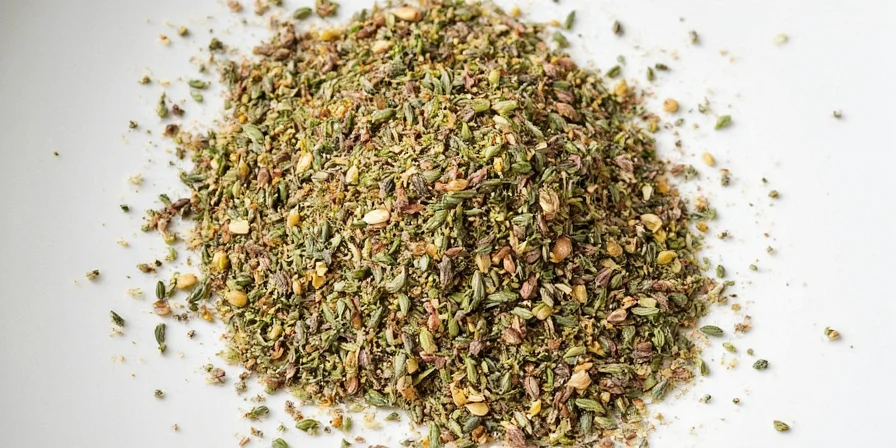
The Essential Herbes de Provence Ingredients
The traditional version of herbes de Provence usually includes:
- Rosemary
- Thyme
- Oregano
- Marjoram
- Basil
- Lavender (yes, really!)
- Sometimes savory or fennel seeds
In modern variations, especially those outside France, you may also find parsley, sage, or even tarragon. The key is balance — each herb should complement the others without overpowering the blend.
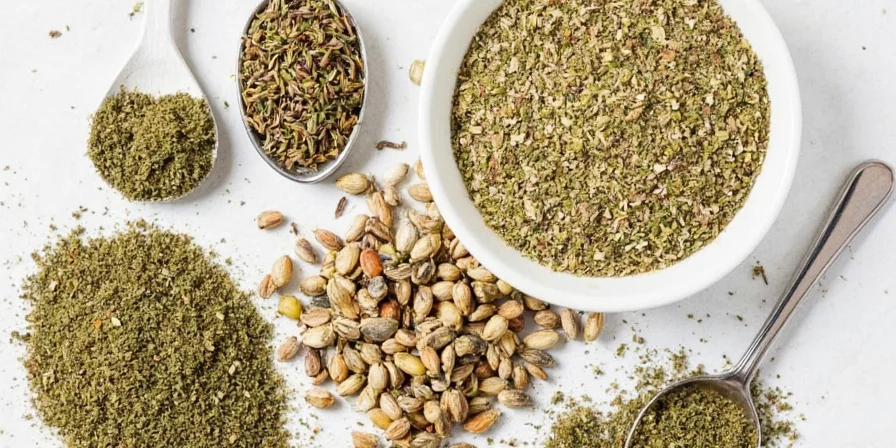
Flavor Profiles of Each Ingredient
Understanding the role each herb plays helps you tweak the blend to your liking. Let’s dive in:
| Herb | Flavor Profile | Culinary Role |
|---|---|---|
| Rosemary | Piney, woody, slightly citrusy | Adds depth and works well with meats, potatoes, and hearty vegetables |
| Thyme | Earthy, subtle lemony note | Provides a foundational herbal base |
| Oregano | Robust, peppery, slightly bitter | Brings warmth and spice |
| Marjoram | Milder cousin of oregano, sweet and citrusy | Softens the blend’s intensity |
| Basil | Fragrant, sweet, licorice-like | Adds freshness and aroma |
| Lavender | Floral, camphor-like, slightly soapy | Lends a signature Provençal touch |
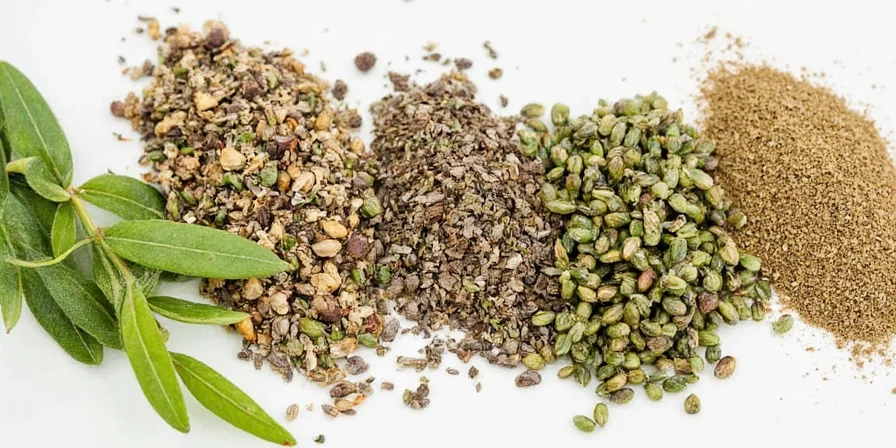
How to Use These Ingredients Like a Pro
Now that you know what’s in herbes de Provence, here’s how to use them like a seasoned chef:
- Season roasted vegetables: Toss carrots, zucchini, or eggplant with olive oil and a sprinkle of the blend before roasting.
- Infuse oils or vinegars: Place a small bundle in a bottle of olive oil or white wine vinegar for a few weeks. Perfect for salad dressings!
- Marinade magic: Mix with garlic, lemon zest, and olive oil for a killer chicken or lamb marinade.
- Homemade bread: Sprinkle over focaccia or pizza dough before baking for an instant flavor boost.
- Rub for grilled meat: Combine with salt, pepper, and breadcrumbs for a rustic crust.
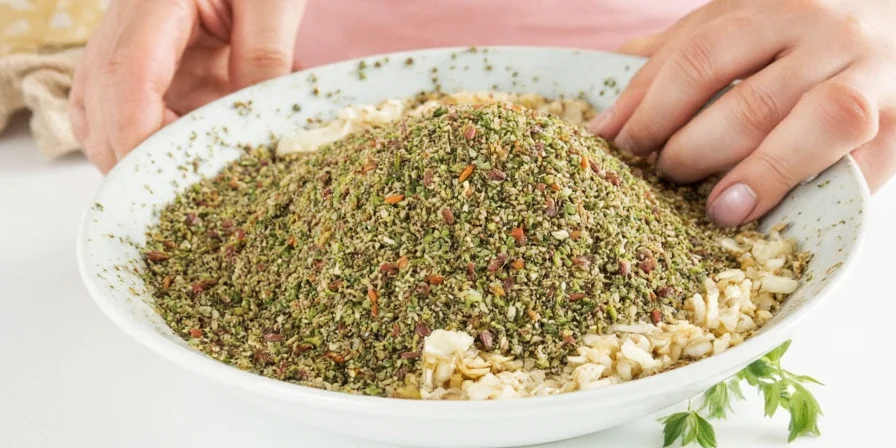
Make Your Own Herbes de Provence: DIY Tips
Store-bought blends are convenient, but nothing beats a homemade version tailored to your palate. Here’s a basic ratio to get you started:
- 2 tbsp dried rosemary
- 2 tbsp dried thyme
- 1 tbsp dried oregano
- 1 tbsp dried marjoram
- 1 tbsp dried basil
- ½ tbsp dried lavender flowers
Tips:
- Dry your own herbs if possible — it intensifies the flavor.
- Use whole leaves instead of ground for maximum freshness.
- Store in an airtight container away from light and heat.
- Letting the blend sit for a week after mixing enhances flavor integration.
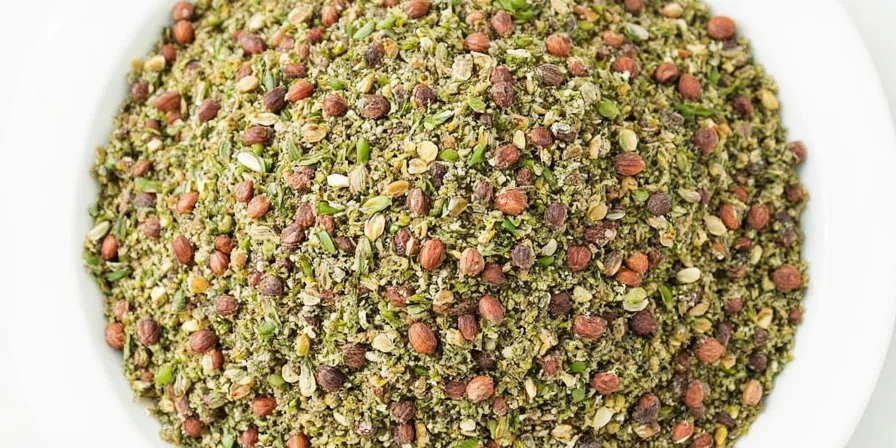
Dried vs. Fresh: What Should You Use?
While dried herbs are the standard for herbes de Provence, fresh ones can offer a vibrant alternative. Here’s how they compare:
| Aspect | Dried Herbs | Fresh Herbs |
|---|---|---|
| Shelf Life | Months to years | Days to weeks |
| Flavor Intensity | Concentrated and robust | Lighter and brighter |
| Best For | Long-cooked dishes, rubs, and marinades | Finishing touches, sauces, and fresh dishes |
| Lavender Compatibility | Perfect (fresh lavender isn’t edible!) | Not applicable |
Conclusion: Embrace the Essence of Provence
Herbes de Provence is more than just a spice blend — it’s a celebration of the Mediterranean landscape and its bounty. Whether you’re using it to season a simple roast or crafting your own custom mix, knowing the role of each ingredient allows you to bring the charm of Southern France into every meal.
So next time you reach for that little jar in your pantry, remember: you're not just seasoning your food. You're sprinkling a bit of sunshine, history, and culture onto your plate.
And hey, if you accidentally add a bit too much lavender, don’t worry — just call it “Provençal flair.” 🌼
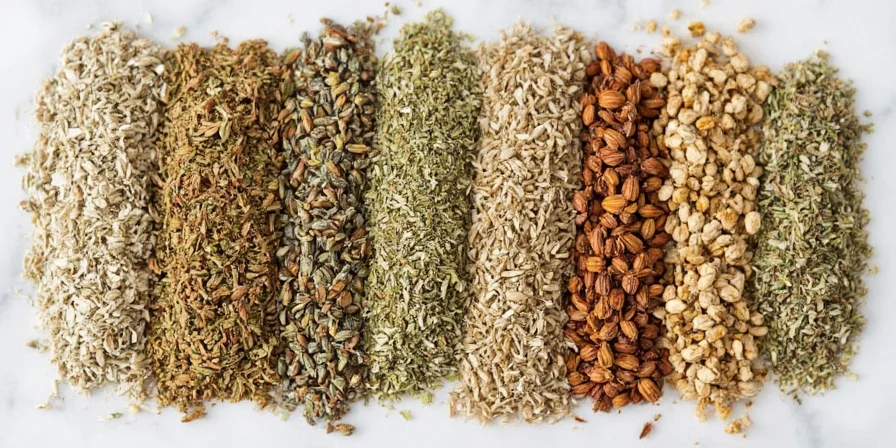

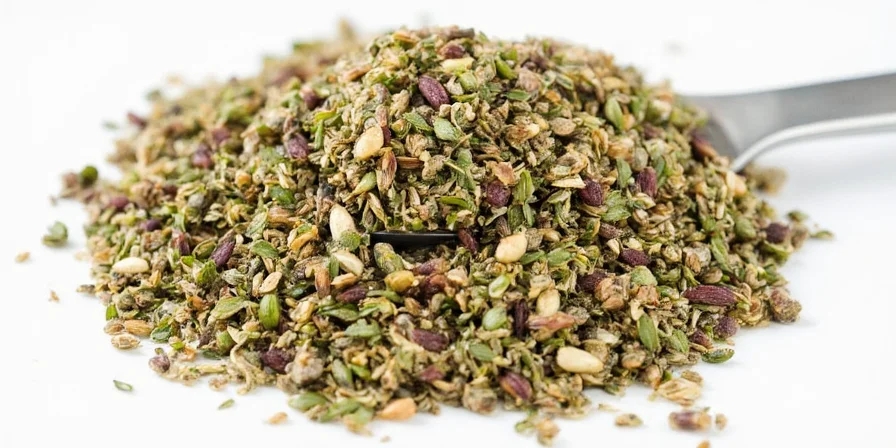









 浙公网安备
33010002000092号
浙公网安备
33010002000092号 浙B2-20120091-4
浙B2-20120091-4